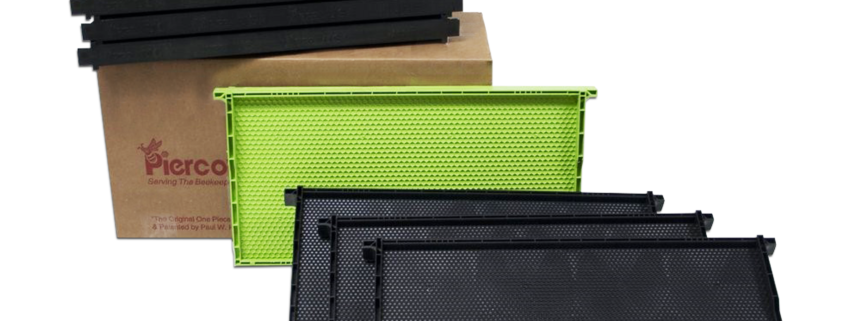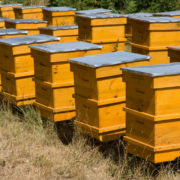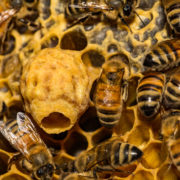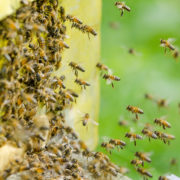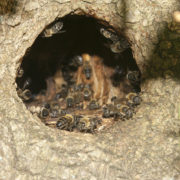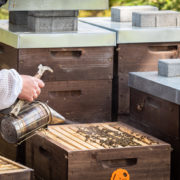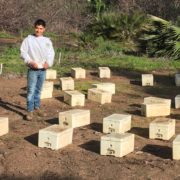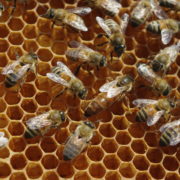Getting Bees to Draw Out Foundation
One of the more frustrating aspects of starting out as a new beekeeper is that unless you have purchased an existing hive with existing equipment, you must start your new beehive with foundation. Foundation is sold by beekeeping supply companies and is the building block of honeycomb; but it is not in itself honeycomb. The most unfortunate feature of foundation is that bees simply can’t use it for any purpose at all until they have added their own beeswax to it and turned it into honeycomb. This process is called drawing out foundation. Unless the bees draw out the foundation, the foundation itself is worthless to the beehive for either storing honey or raising brood because it simply is not deep enough.
Many beekeepers, especially new ones, struggle because they cannot seem to get their bees to draw out foundation fast enough for the hive to properly develop. “Why aren’t my bees drawing out foundation?” is a common complaint of the new beekeeper. It would be easy if we could just ask the bees? But since they cannot communicate with us, we have to do some detective work.
The most important component for the bees to draw out foundation is the quality of the honey flow. In a very strong honey flow, the bees will draw out foundation without any difficulty at all. It is the presence of nectar that enables bees to produce the large supply of wax necessary to build out foundation with honeycomb. But if the honey flow is less than perfect – which turns out to be about 90% of the year – the bees are going to need some additional help. A dedicated beekeeper should always provide a generous supply of syrup to a beehive that is building out foundation. The syrup will help to supplement the natural nectar and will turbocharge wax production.
Next to consider is the actual placement of the foundation. Bees in a colony work from the inside out, and will always draw out the foundation that is placed towards the center of the hive first. If you find that the bees are ignoring the outside frames in favor of those on the inside, you can try repositioning one outside frame of foundation towards the middle, and sliding the other frames towards the edge. Be sure to keep all of the other frames in the same sequence so as not to disturb the hive and brood nest too greatly.
Also, a queen excluder may be part of the problem. If you are trying to draw out an entire honey super of foundation, by all means you should not use a queen excluder. Although useful for many purposes, queen excluders inhibit bees from drawing out foundation because they restrict the natural flow of bees in and out of the super. Add the queen excluder after the foundation has been drawn out, not before.
The quality of the foundation itself should not be ignored. When working with plastic foundation, the quality of the wax coating on the foundation is critical. The waxier the foundation, the more likely the bees will be attracted to it. Many beekeeping supply companies sell “double waxed” and even “triple waxed” foundation. Although this foundation sells at a premium, it is often worth the extra costs because it typically results in greater and faster acceptance by the bees.
Sometimes, however, building out foundation is just not a possibility. For example, the season could be completely off the table. Bees do not have any urge to expand in the late fall and winter, and are unlikely to draw out foundation at that time of year regardless of all other factors. Or it could be that the colony simply is not strong enough to build out more than a single frame, or even a half of frame at a time. Sometimes a beekeeper just needs to have a little bit of understanding and sympathy toward the bees!
Photo of foundation by permission of Pierco Beekeeping Equipment.

